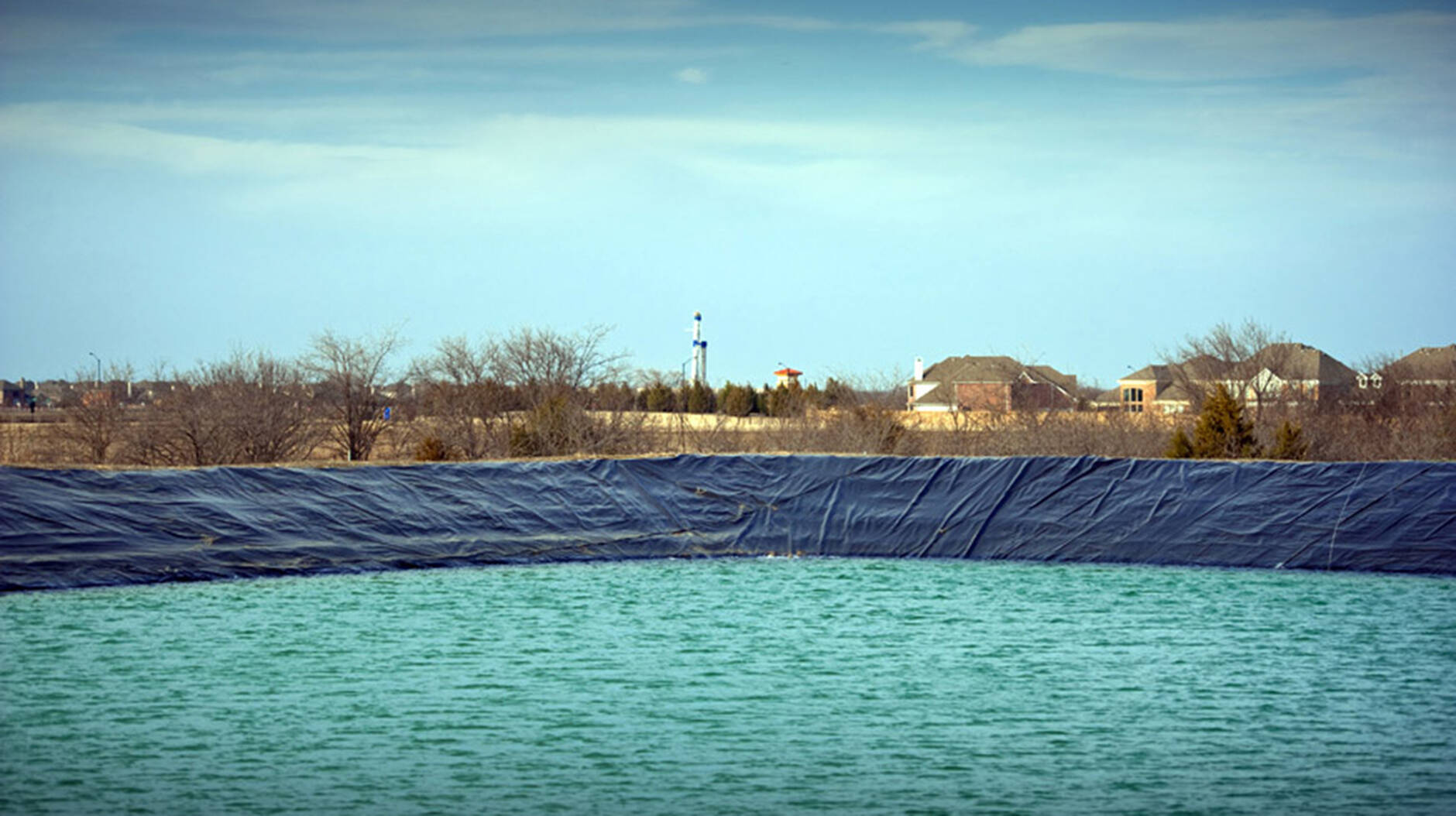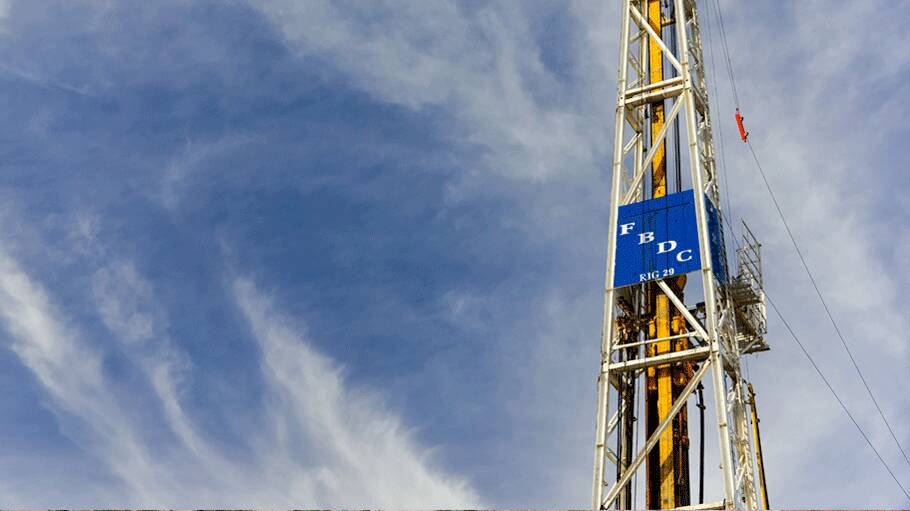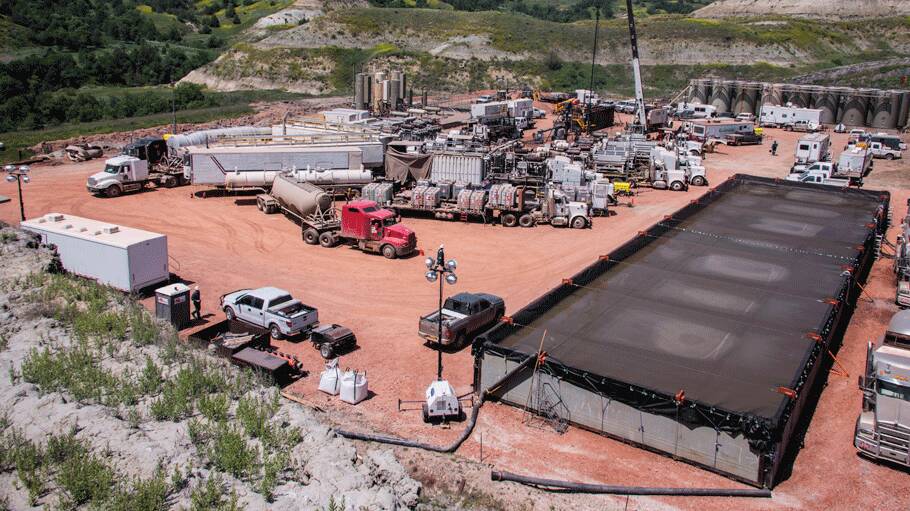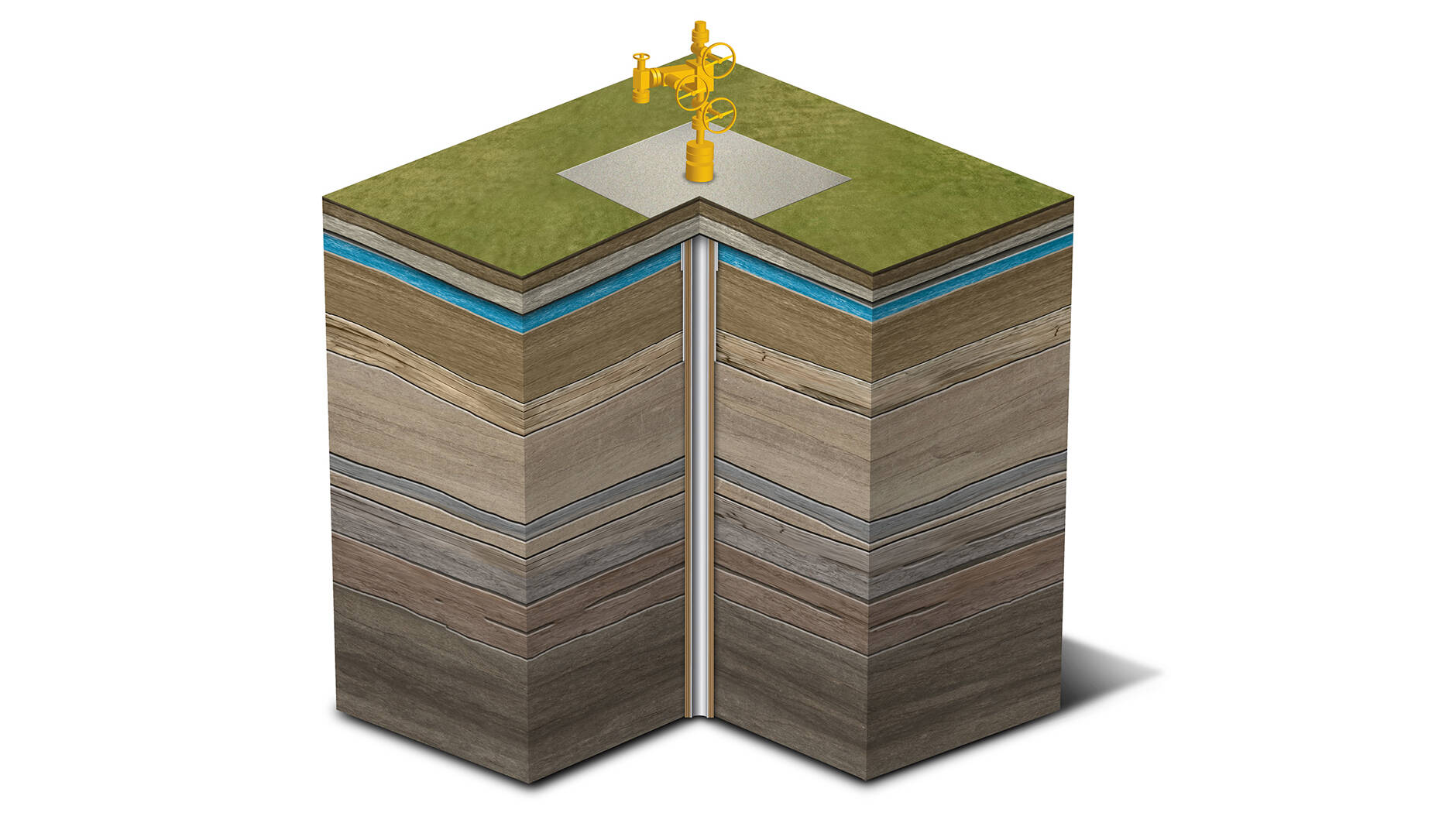selected item
Article
Phases of natural gas production
Before any wells are drilled, extensive surveillance is done to study the locations of the underground natural gas reservoir and the nature of the local topography, so as to ensure minimal impact of operations on the local community.
Article
Below is a description of how the technology and process works.
Prepare for drilling (4 to 8 weeks):
This phase involves securing a drilling rig, conducting final tests and environmental analyses, and securing all permits to ensure drilling is done in accordance with regulations. We also use this time to implement our own safety and operational plans on top of those required by the government – such as planning for proper management of the project, ensuring plans incorporate responsible practices, and reviewing procedures with employees and contractors. Before we can drill, we clear the site area and develop the infrastructure for water and electricity supply for the site. A pit is then dug close to the drill site and lined with thick plastic to prevent any potential soil contamination. All the rock, soil and mud removed from the well site can then be placed in the pit to prevent the contamination of the soil and water table.
Rig work (4 to 5 weeks):
This involves constructing the drilling rig and drilling the well. As professionals drill the well, they install a series of protective steel-and-cement layers that maintain the integrity of the well and protect the surrounding formations. In the upper part of the well, multiple layers of cement and steel casing are installed to create an impermeable barrier between the well and groundwater zones. Drillers also use casing deeper in the well to ensure its integrity and to isolate natural gas formations from the surrounding areas. Engineers and technicians test and monitor each layer of casing and cement to ensure the integrity of the well and the quality of the protective casings.
Once the infrastructure is in place, the rig is assembled and inspected to ensure it meets all specifications and safety standards. Only then can drilling begin. When the well is drilled through a groundwater aquifer, only water is used in the drilling mud, and multiple layers of cement and steel casing are used to ensure the integrity of the wellbore and provide an impermeable barrier between the well and the water source. This process is carried out for both conventional and unconventional gas wells.
Once the casing is properly set, drilling continues horizontally until the well reaches the target formation. At this point, the drilling of a well typically ends.

Hydraulic fracturing (4 to 7 days):
Hydraulic fracturing is a major component of the well completion process. It often takes place a mile or more below groundwater supplies. Shale rock has gas trapped in pores smaller than the width of a hair, so we must create a network of small fissures in the rock to release the gas. This involves injecting a mixture of 90 percent water, 9.5 percent sand, and 0.5 percent chemicals (that in part prevent bacterial growth and reduce friction) into the well at high pressures to keep the fissures open, which allows the gas to flow. Again, the activity is continuously monitored. Experts monitor data such as injection pressure and flow rates during the process to ensure that everything is going according to plan.
Producing natural gas (25 to 40 years):
Once a well is drilled and completed, it is ready for production. Everything is dismantled except for a four-to-six-foot well-head and the local processing facilities that connect to gas lines that eventually run to the national distribution network. A natural gas well can produce gas for up to four decades, and all the while it’s monitored to ensure continual well integrity.

Related content

What are unconventional resources?
In unconventional oil and natural gas development, the oil and gas is found in low permeability reservoirs.
Article

Benefits of natural gas and oil
Natural gas offers reliable, flexible power generation with significantly reduced CO2 emissions at a competitive price, making it a long-term solution to meeting the world’s future energy needs.
Article

Horizontal drilling
Article

Well construction and integrity
A properly designed and constructed oil and gas well is essential to protecting the water table and ensuring successful production.
Article
